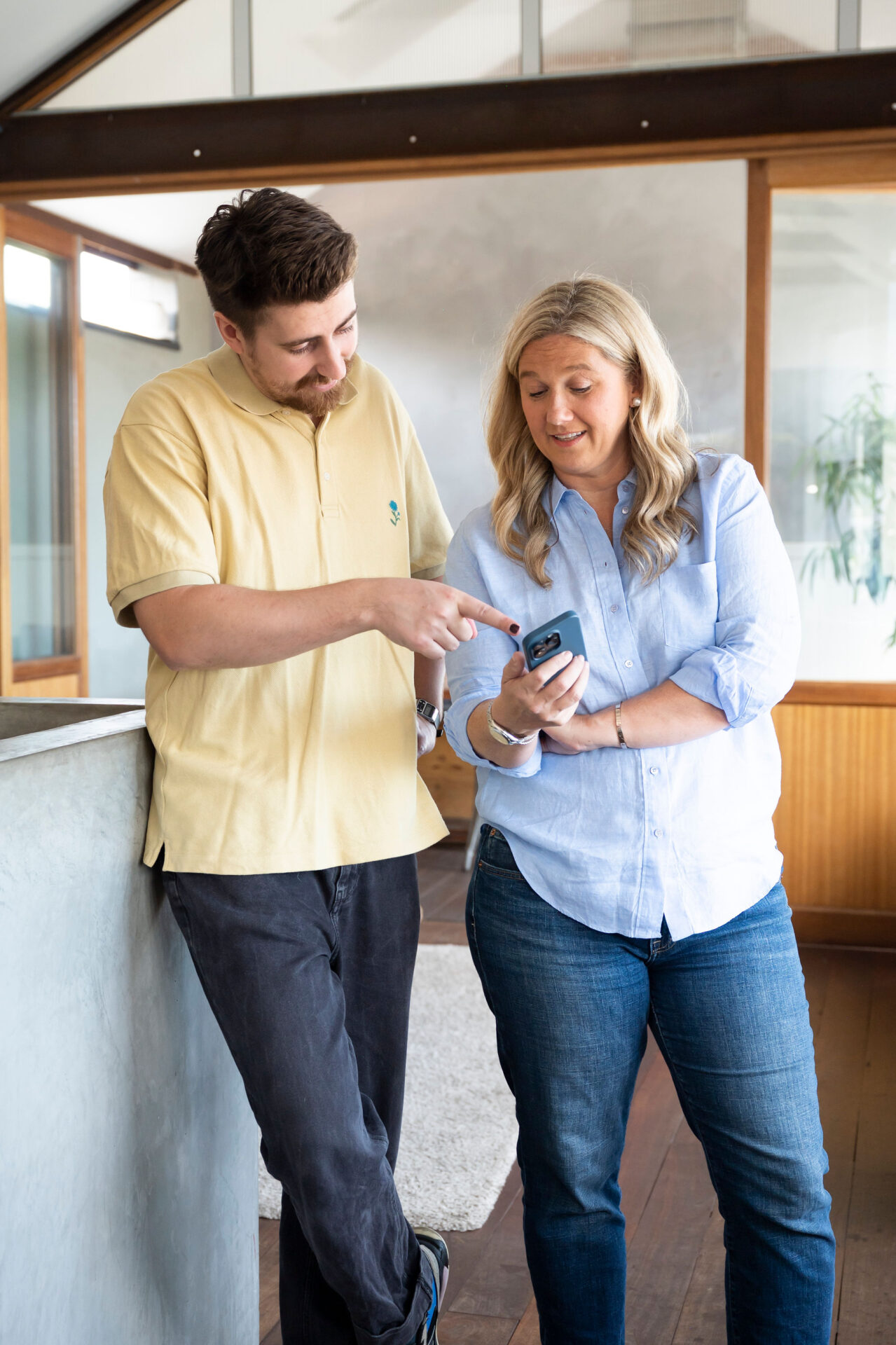13 mistakes you must avoid in 2024
Do you need clarification about why your tourism website isn’t performing? Crafting a practical and appealing tourism website is a challenge.
Navigating numerous factors and potential pitfalls requires careful consideration to sidestep common errors. Whether it’s inadequate optimisation, a sluggish website, subpar copy, absence of analytics, or a variety of easy-to-make mistakes, tourism websites often need to pay more attention to the user experience on their platforms while focusing on their experiences.
Many tourism websites repeatedly make similar mistakes, often easy to do but equally simple to rectify.
To assist you in steering clear of these pitfalls, we’ve compiled a list of 13 mistakes to avoid on your tourism website in 2024.
1. Neglecting Mobile Optimisation
In today’s era, the majority of website visitors are mobile users. Ensure your website runs seamlessly and appears attractive on desktop and mobile devices. Failing to optimise for mobile could deter potential visitors, especially those coming from social media ads.
2. Not Understanding Your Target Audience
In the competitive tourism industry, adopting a broad approach to customer acquisition is destined to fail. Before allocating your marketing budget, identify your ideal customer. Understanding your target audience is crucial for effective marketing strategies.
3. Slow Tourism Website Speed
Google prioritises website speed for ranking and recommendations. A slow website can deter visitors. Opt for a well-built website with optimised images, quality domain hosting, and swift loading times to ensure a positive user experience.
4. Lack of SSL Certificate
An SSL certificate is vital for the security and success of your tourism website. It allows your site to transition from HTTP to HTTPS, enhancing security. Ensure your website is equipped with an SSL certificate for secure interactions.
5. Unoptimised Photos
Quality photos are vital for website aesthetics. Ensure your images are visually appealing and appropriately sized to avoid slow load times. Strike a balance between file size and image quality for an optimal user experience.
6. Absence of Call-to-Action
Guide visitors through your website by incorporating a clear call to action. Identify the most valuable actions you want visitors to take and ensure they are prominently displayed.
7. Unclear Purchasing Pathway
Facilitate a smooth, quick, and secure payment process for your visitors. Avoid unnecessary obstacles and offer trusted payment options to enhance the purchasing experience.
8. Vague and unintentional Copywriting
All of the copy on your website should be there for a reason.
Professional copy is essential for conveying your offerings effectively. Invest in well-written, edited, and optimised copy to showcase your brand effectively.
9. No Google Analytics Integration
Utilise the free service of Google Analytics to collect and analyse data from your website. Set up an account and connect it with your website to gain valuable insights.
10. Poor Web Hosting
Choose reliable and respected web hosting to ensure optimal website performance. Investing in quality hosting will positively impact speed, performance, and security.
11. No Meta Pixel? Why not?
Understanding that social media is crucial for tourism brands doesn’t take a genius, especially if you’re considering paid advertising.
If you plan to advertise on Facebook, install a Meta Pixel on your website. It’s a free tool that collects user information for targeted advertising and remarketing campaigns.
12. Infrequent Content Updates
Regularly update your website content, especially through blogging. This benefits SEO, increases organic traffic, and engages your audience, positioning your brand as a trusted thought leader.
13. Broken Links
Check and fix broken links on your website to enhance user experience and maintain positive rankings—utilise tools like Dead Link Checker for efficient link management.
Final thoughts
Steering your tourism website toward success is about following best practices and avoiding common pitfalls.
As you navigate the dynamic landscape of online tourism, consider these guidelines as a roadmap to success. The continual evolution of your website, aligned with user expectations and industry standards, ensures that your digital presence remains relevant and compelling.


